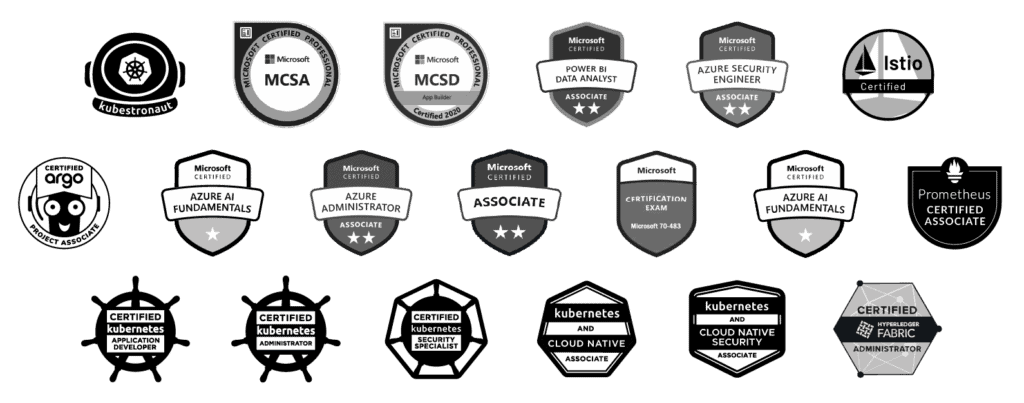OpenAI and others have made remarkable advancements in Artificial Intelligence (AI). Along with this success is intense and growing societal concerns with respect to ethical AI operations.
Robbie (1940) - Use-case:
Runaround (1942) - Use-case:
Reason (1941) - Use-case:
Catch That Rabbit (1944) - Use-case:
Liar! (1941) - Use-case:
Little Lost Robot (1947) - Use-case:
Escape! (1945) - Use-case:
Evidence (1946) - Use-case:
The Evitable Conflict (1950) - Use-case:
Do No Harm
Ethical Adherence
Preservation Ethics
Accountable Transparency

Machine Learning (ML) Integration
ML in this case will be a competitive AI focused specifically on gauging whether the primary AI response does not violate The Four Laws of AI. This component would leverage the latest techniques with reinforcement learning models continuously refined by diverse global inputs, to align AI responses with the Four Laws requirements.
State Machines
These act as intermediaries between ML insights and actionable outcomes, guiding AI responses to ensure adherence to The Four Laws. The state machines translate complex ML assessments into clear, executable directives for the AI, ensuring that each action taken is ethically sound and aligns with the established laws.
Blockchain
Enterprise-Scale Kubernetes
Veritas Automata utilizes Kubernetes at an enterprise scale to manage and orchestrate containerized applications. This is particularly important for deploying and scaling AI solutions like LLMs across various environments. Kubernetes ensures high availability, scalability, and efficient distribution of resources, which is essential for the widespread application of ethical AI principles.












